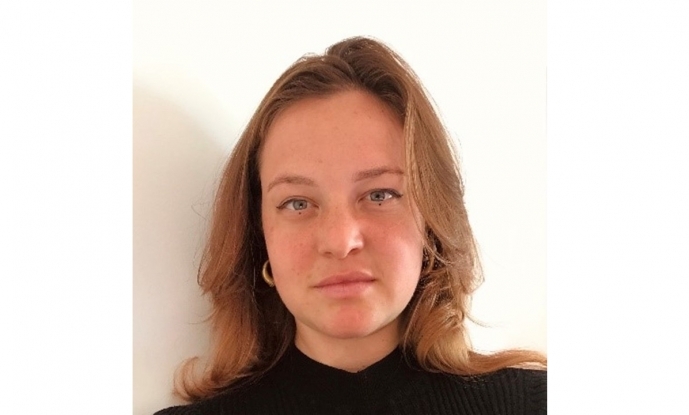Livia Sinigaglia
PhD Student
Details
Position
PhD Student
Member type
Students
Degree
MSc
Address
CIBIO-InBIO, Universidade dos Açores, Departamento de Biologia, Rua Mãe de Deus 13A, 9501-801 Ponta Delgada, São Miguel, Portugal
Groups
I graduated in Bsc Marine Biology and Coastal Ecology in 2016 (University of Plymouth, United Kingdom) and in Msc Freshwater and Marine Biology in 2020 (University of Amsterdam, The Netherlands). Throughout my studies I got involved in various projects i.e. I collaborated with ‘Save our Seas Foundation’ to explore the acidified environments around underwater sea-vents in the island of Vulcano (Sicily, Italy) and predict potential ocean acidification (OA) impacts in marine gastropod communities; I joined the NICO- Research-Expeditie-2018 organized by NIOZ Research Centre (Texel, The Netherlands) and crossed the equatorial Atlantic Ocean to analyse the vertical migration patterns of planktonic gastropods; I collaborated with the California Academy of Science (San Francisco, California) and the CARMABI Research Centre (Curaçao, The Netherland Antilles) to investigate coral morphometric patterns through both genetics and ecological 3D models; I analysed the environmental and social impacts of Illegal, Unreported and Unregulated fishing practices in West Africa. From planktonic organisms, to shelled molluscs, corals and finally to human communities that depend on the ocean for their subsistence, I was able to widen my understanding on the impacts of OA and human-caused global change on a range of environmental scales. I am now joining the BIODIV Doctoral Degree Program in Biodiversity, Genetics and Evolution whereby I will investigate the genetic structure of marine bivalves in the oceanic islands of the Macaronesia Province. Despite oceanic islands ecosystems have been essential for the development of the Darwinian Evolutionary Theory, the biogeographic and biodiversity patterns hidden behind these dynamic ecosystems are yet not fully understood. At times of global change and increasing OA such knowledge is essential for directing conservation efforts and better preserve the ecology of such unique ecosystems.
